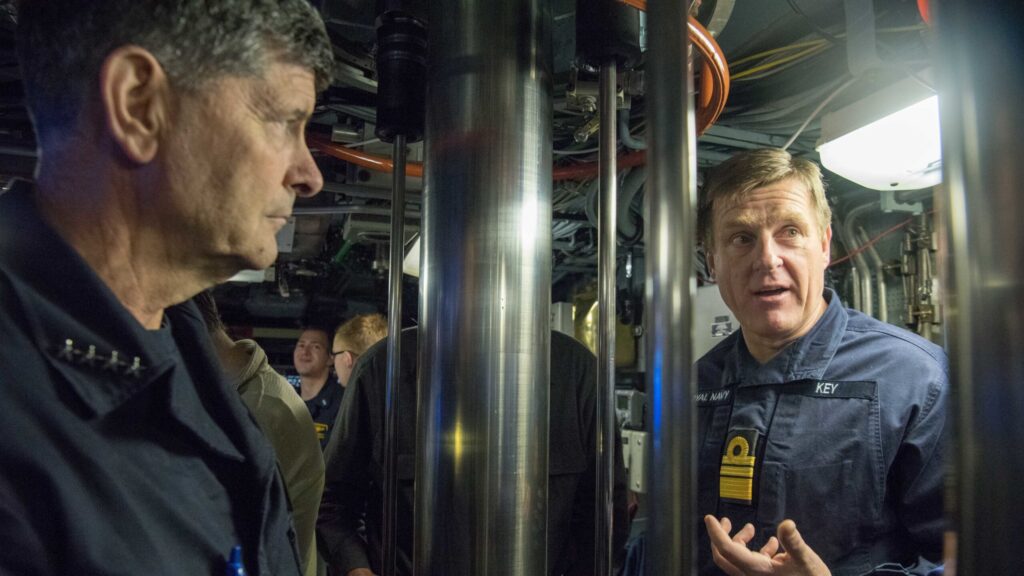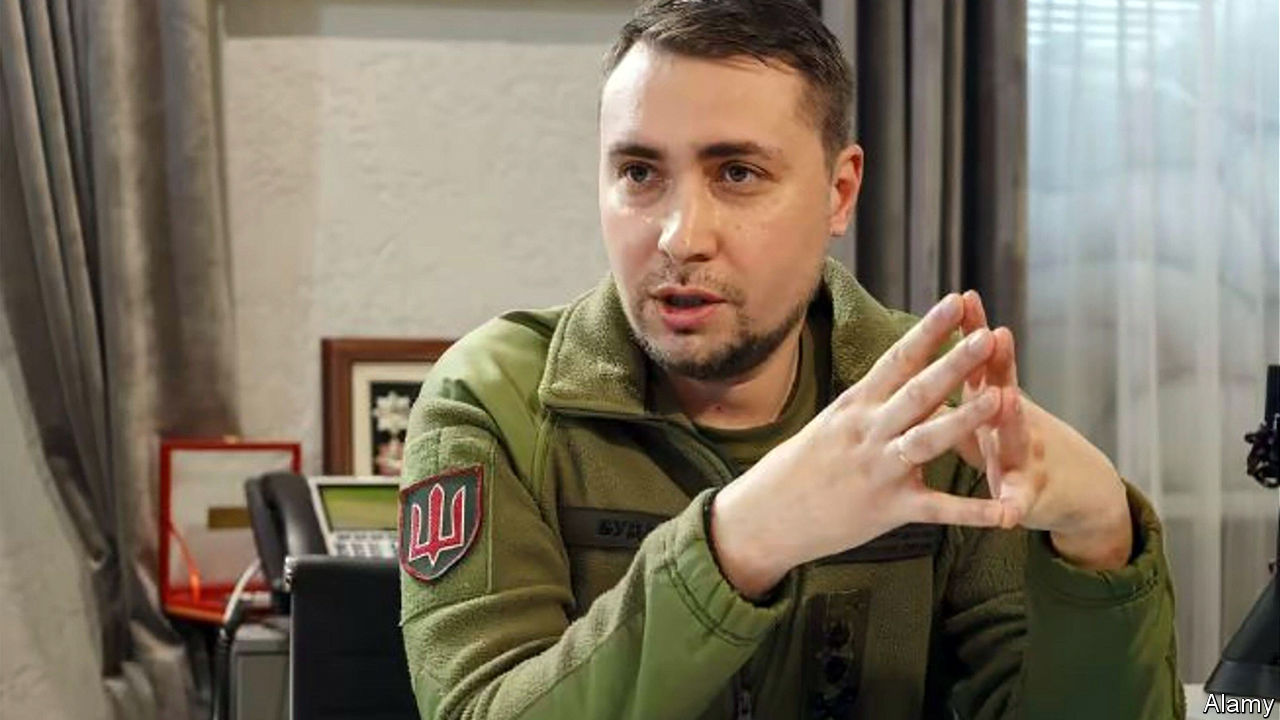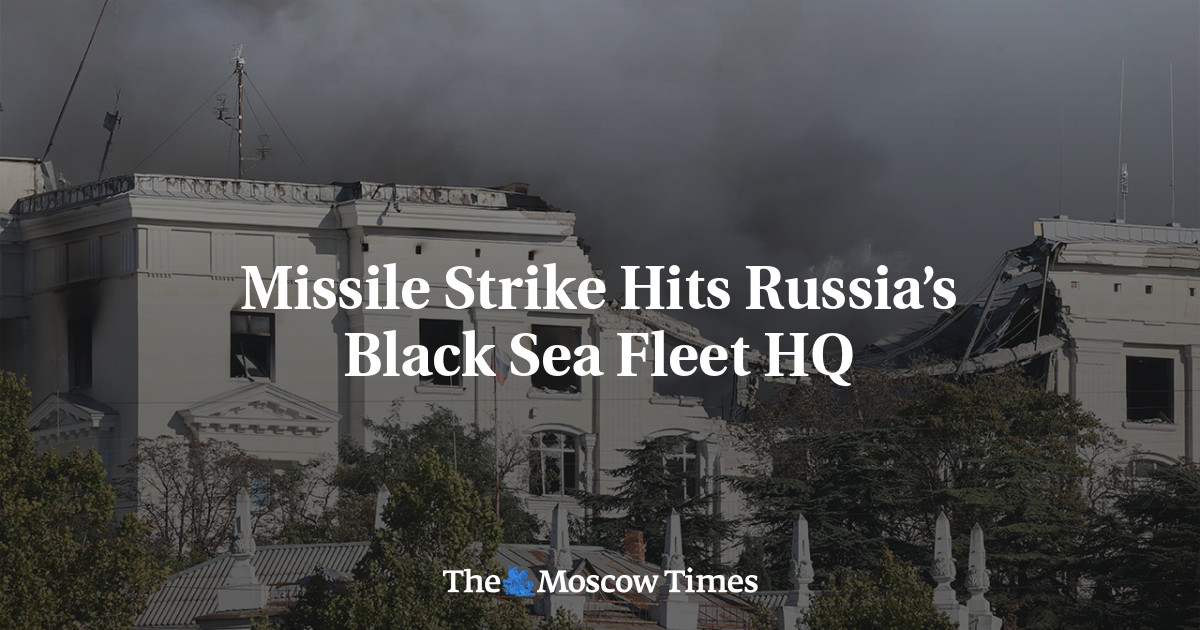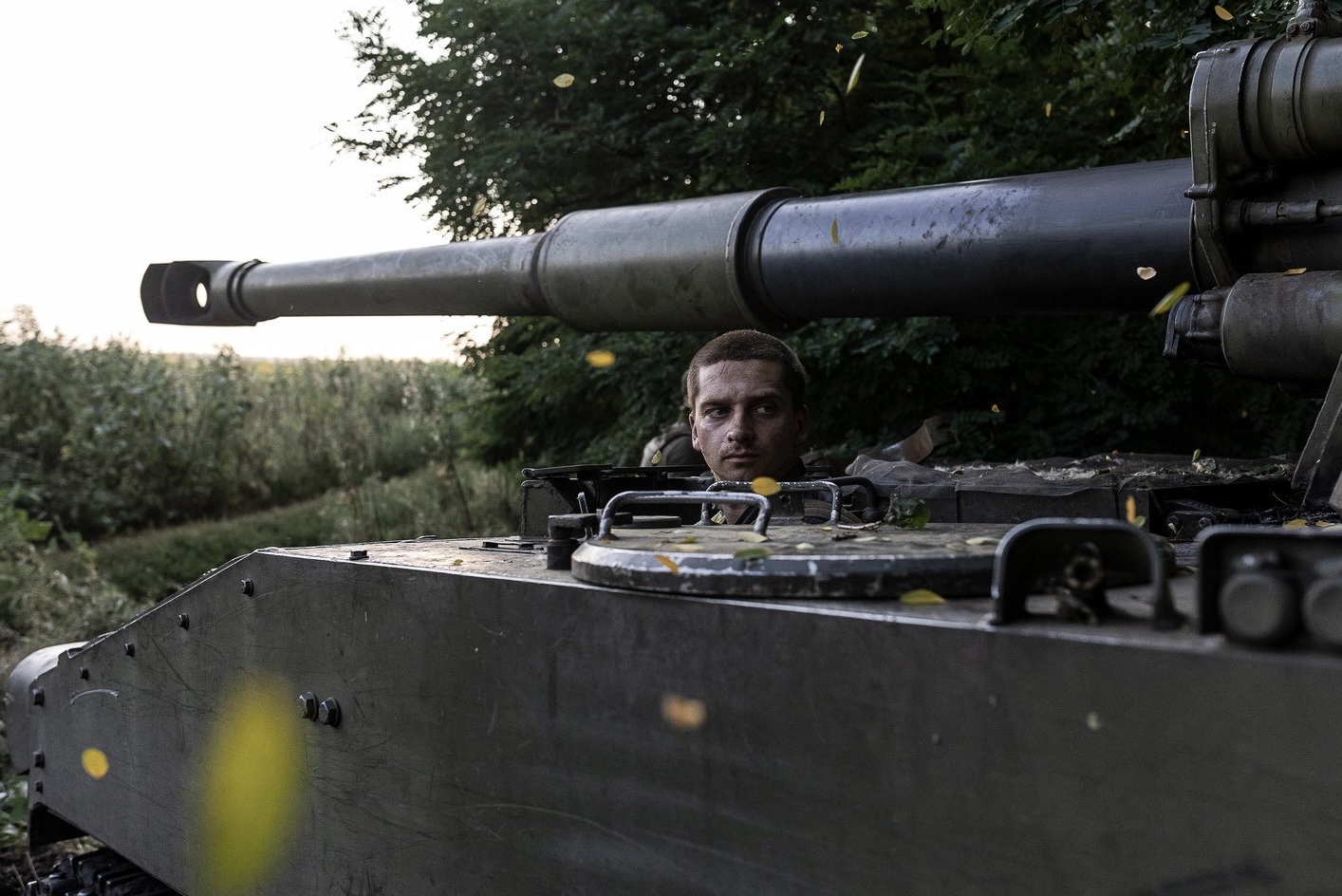Don't Toews Me
Footballguy

Ukrainian pilots could finish F-16 training in 3-9 months, ANG chief says - Breaking Defense
Air National Guard Director Lt. Gen. Michael Loh called the F-16s a potential “gamechanger" for Ukraine, but said the timeline for pilots depends mostly on experience levels.
Speaking to reporters at the Air & Space Force Association’s Air, Space and Cyber conference, Lt. Gen. Michael Loh said that some Ukrainian pilots who will soon arrive at Morris Air National Guard base in Tucson, Arizona could complete the course in as little as three months, though less experienced pilots would need longer.
“They’ll take anywhere from — depending on their level of proficiency in fighters and how much they have — anywhere from three months to up to as long as nine months at Tucson to get ready,” he said at the conference here in National Harbor, Md.
Loh said the course at Morris will consist of three training phases: ground, simulator and flight. Asked whether Ukrainians will learn how to employ weapons like AMRAAM, he replied that “we will train them to do the full multi-role spectrum of what we can expect in their theater of conflict.”
Ukrainians will also receive priority training, Loh said, likely meaning some other foreign and domestic pilots looking to learn how to fly the jet might be bumped back in the queue.
While some officials have downplayed how much of a difference the jets could make in the war in Ukraine, Loh took a far more optimistic view of their capabilities, stating that “I think it can definitely be a game changer.”
Already, some 50 jets are lined up to be donated to Ukraine, a quantity that Loh said would have an impact. (Some reports have said Ukraine could get more than 60 of the fighters, though some will be used for training.)
“That’s a good three fighter squadrons worth,” he observed. “I think it is enough.”

Value of Ukraine F-16s won’t be immediate, says US Air Force general
Gen. Allvin said at his confirmation hearing that F-16s for Ukraine would become useful for the country after their integration with the broader force.
Gen. David Allvin, the Air Force vice chief of staff on tap for a promotion to serve as the service’s No. 1 officer, said at his Senate confirmation hearing Tuesday that those F-16s would require additional training to benefit the rest of Ukraine’s forces. However, he added, the promised delivery also serves as a “symbol” of the intent to eventually transition Ukraine to Western weapons platforms.
“As with our Air Force, we’re only effective if we’re part of a joint force,” Allvin said. “The value of the F-16s will be in the longer term when it’s better integrated with a larger Ukrainian military.”
“What we understand through our successes in air power and air superiority is it’s not only the platform, but it’s the training,” Allvin said. “And that training is not just on the platform, but it’s the integration with the command-and-control elements, the integration with the joint force.”
































